Description
To prepare a commentary which describes new and contemporary approaches for obtaining organ doses following intakes of radium. NCRP is coordinating the One Million Person Study of Radiation Workers and Veterans, which includes a number of cohorts that have been exposed to radium and other alpha-emitting radionuclides, such as the radium dial worker cohort. Better estimates of organ doses for those populations would improve the development of risk estimates for cancer and other late tissue effects such as cognitive dysfunction. The work is especially relevant for early workers (such as the dial workers) for whom it is desirable and appropriate to consider the inclusion of missing, inaccurate, and/or incomplete exposure information. Recent advances in multiple aspects of internal dose estimations allow for revisiting past dosimetric methods. The commentary will address past and new methods where appropriate and useful. For example, existing body burden measurements are unlikely to be improved upon, per se, although modern approaches to uncertainty analysis may provide more robust confidence levels. Moreover, the latest biokinetic models and energy absorption data are likely to provide more refined estimates of intake and organ doses suitable for incorporation into current epidemiologic models. Updating the dosimetric methodology associated with early occupational intakes of radium is translational in that it has the potential to speak to contemporary and emerging issues in medical, space, and occupational studies. The commentary will also serve to inform future decisions about the need for additional work on intakes of plutonium, americium, uranium, and polonium.
Goal
The commentary will describe state-of-the-art approaches for biokinetic modeling and estimations of dose to organs following intakes of radium. It will also address methods for assessing uncertainties associated with the dose estimates and the measurements that underlie them. Finally, the commentary will address methods for imputing doses for members of cohorts without measurements but with a work history similar to that of measured members of the cohort.
Support
Membership

Derek W. Jokisch
is Professor of Physics and Chair of the Department of Physics and Engineering at Francis Marion University. He also holds a Joint Faculty Appointment in the Center for Radiation Protection Knowledge at Oak Ridge National Laboratory. He earned his BS in Nuclear Engineering from the University of Illinois at Urbana-Champaign in 1995. He earned his MS and PhD in Nuclear Engineering Sciences (Health Physics) at the University of Florida in 1997 and 1999, respectively, while supported by a U.S. Department of Energy (DOE) Nuclear Energy/Health Physics Fellowship. Dr. Jokisch serves as a member of Committee 2 of the International Commission on Radiological Protection and as a member of the U.S. Scientific Review Group for the DOE’s Russian Health Studies Program. The Health Physics Society awarded him the Elda E. Anderson Award in 2010 and Francis Marion University awarded him the J. Lorin Mason Distinguished Professor Award in 2011. Dr. Jokisch’s research has involved multiple aspects of internal dosimetry, including energy deposition of charged particles in the skeleton, the computation of specific absorbed fractions for reference individuals, the calculation of internal dose coefficients, and the biokinetics of radioactive decay chains. |
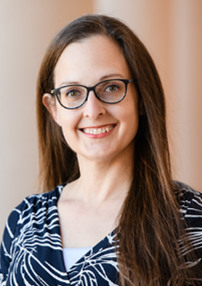
Nicole Martinez
is an Associate Professor in the Department of Environmental Engineering and Earth Sciences at Clemson University in the United States. She also holds a Joint Faculty Appointment at Oak Ridge National Laboratory within the Center for Radiation Protection Knowledge.
She graduated from Texas A&M University with a BS degree in applied mathematical sciences, and thereafter became an officer in the US Navy where she was a nuclear power instructor and later a radiation health officer. Followed by a brief stint working in industry, Dr. Martinez attended graduate school at Colorado State University, where she received an MS and PhD in radiological health sciences, with emphasis in health physics and radioecology, respectively. While working on her doctorate, she spent about a year and a half as part of a research team at Savannah River National Laboratory.
Dr. Martinez’s current research focuses on dosimetric modeling and the behavior and effects of radiological contaminants in the environment. In addition, she is interested in non-technical issues within radiation protection, such as ethics and diversity, equity, and inclusion. She is currently serving as Vice-Chair of Committee 4 of the International Commission of Radiological Protection and is the Secretary of the Health Physics Society for the 2021-2023 term. She is the recipient of the 2018 Bo Lindell Medal from the ICRP, the 2019 Elda Anderson Award from the HPS, and is a Certified Health Physicist. |
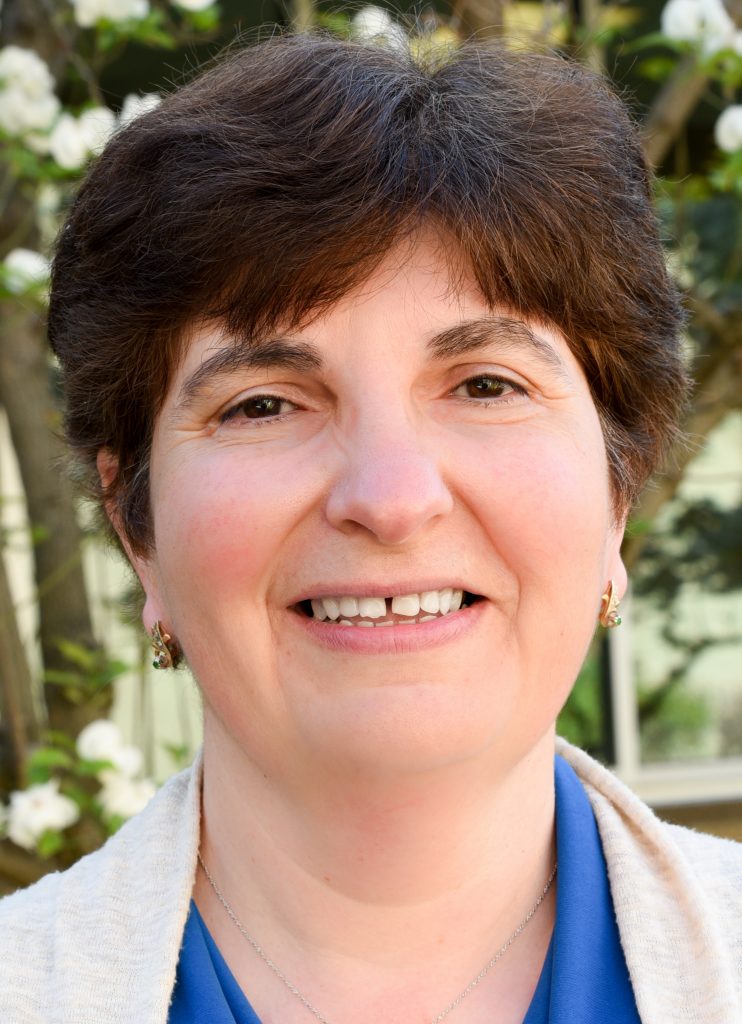
Maia Avtandilashvili
After completing her PhD at ISU in 2011, Dr. Avtandilashvili joined the U.S. Transuranium and Uranium Registries (USTUR) research team. Her current research focuses on modeling of actinide biokinetics using unique human data from former nuclear workers (volunteer donors to the USTUR) with accidental internal depositions of actinide elements. Dr. Avtandilashvili applies advanced statistical analysis methods to bioassay and tissue radiochemical analysis data from the USTUR donors (1) to test, validate, improve and parameterize biokinetic models for radiological protection; (2) to evaluate uncertainties in internal dose estimates in support of epidemiological studies; and (3) to investigate effects and mechanisms of actinide decorporation using chelating agents. She is also responsible for management and population of the USTUR health physics database. Dr. Avtandilashvili is a member of the European Radiation Dosimetry Group Working Group 7 on "Internal Dosimetry." She also serves as an Editorial Board member of the Austin Biometrics and Biostatistics journal and as a Guest Co-Editor of the USTUR special issue of the Health Physics journal. |

LUIZ BERTELLI
earned his BSc degree in physics in 1977 from the University of São Paulo, Brazil; his MSc degree in nuclear engineering in 1980 from the Military Institute of Engineering, Rio de Janeiro; and PhD degree in biophysics in 1990 from the Federal University of Rio de Janeiro. He worked as a postdoctoral fellow at the University of Utah, Environmental Radiation Toxicology Laboratory from 1991 to1995. He has worked for more than 30 y in mathematical modeling of human metabolism regarding intake, distribution, retention and excretion of radionuclides for several age groups for internal dosimetry applications; scientific software design and development including software quality assurance procedures; and interpretation of monitoring data of radiation workers. He is a retired Internal Dosimetrist from Los Alamos National Laboratory. He was responsible for calculating all internal doses and evaluating the efficacy of Prussian Blue for all age groups due to the Goiania radioactive accident in 1987. He has served the Program Area Committee 6 since 2014. He has served the International Commission on Radiological Protection as a member of the Task Group on Dose Calculations since 1995 and as a member of Committee 2. He is an active member of the EURADOS (European Radiation Dosimetry Group). He has served on the Scientific Advisory Committee for USTUR since 2014. He has published several peer-reviewed journal articles. |
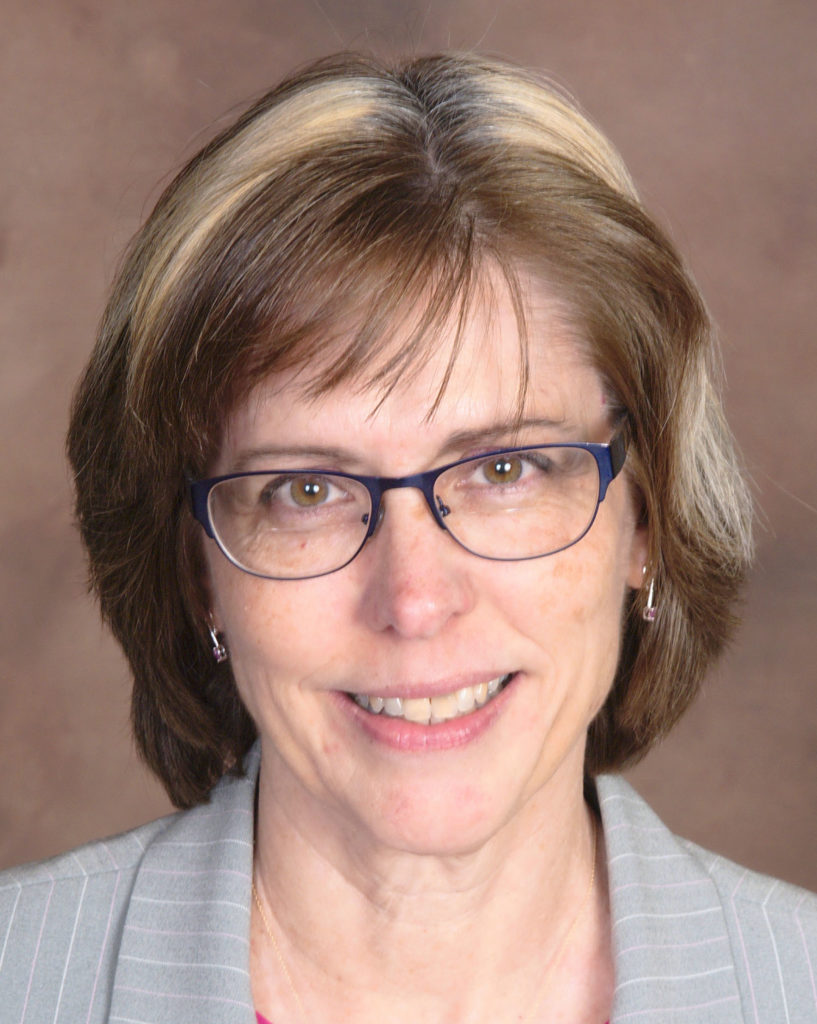
Elizabeth M. Brackett
Ms. Brackett is a Certified Health Physicist and is a Fellow of the Health Physics Society (HPS). She has chaired several professional society committees and has served in a number of leadership positions, including director and secretary of, chair of the American Board of Health Physics Part 2 exam panel, and director and secretary of the American Academy of Health Physics. She has been a member of multiple working groups for the development of American National Standards. |
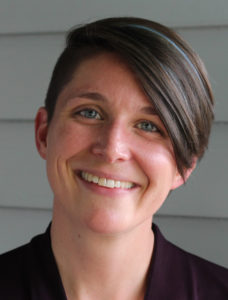
Emily A. Caffrey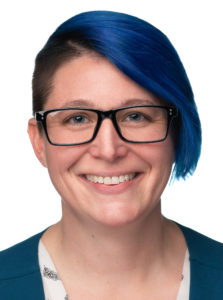
is the Program Director and an Assistant Professor for the University of Alabama at Birmingham’s Masters in Health Physics program. She also serves as a scientific consultant to Risk Assessment Corporation. In addition to her consulting and academic roles, she is the Editor in Chief of the Health Physics Society’s (HPS) “Ask The Experts,” the society’s most successful public information and outreach endeavor. Dr. Caffrey also serves on the HPS Program Committee, which develops and manages the technical program of the society’s meetings. She has a BS in Nuclear Engineering and a PhD in Radiation Health Physics and Statistics from Oregon State University (OSU). She is also a Certified Health Physicist. Her areas of expertise include dosimetry, statistics, data management and interpretation, and public communication. She is a recipient of the HPS Elda E. Anderson Award for outstanding early career health physicists. In 2019 she was selected as one of 10 recipients of Oregon State’s Council of Outstanding Early Career Engineers. This award is reserved for Oregon State Alumni who have distinguished themselves through professional practice, service to OSU, the profession, or society at large. |
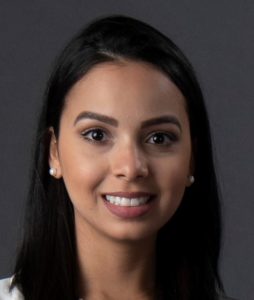
Sara Dumit
is a Scientist at Los Alamos National Laboratory (LANL) and a Lindau Nobel Laureate Meeting Young Scientist (Alumna: 2022 and 2021). She earned her PhD in Pharmaceutical Sciences from Washington State University, with doctoral research work conducted at the U.S. Transuranium and Uranium Registries. Her postdoctoral research work was completed at LANL’s Internal Dosimetry Group, Radiation Protection Division. Nationally, Dr. Dumit serves as a member of the NCRP Program Area Committee (PAC) 7 “Radiation Education, Risk Communication, and Outreach”, as a member of NCRP Scientific Committee 6-13: “Methods and Models for Estimating Organ Doses from Intakes of Radium,” and as the official liaison from PAC 7 to PAC 6. She serves as the Chair of the Public Information Committee of the Health Physics Society (HPS) and Secretary/Treasurer of the HPS Early-Career Professionals Section. She is a consultant for the ANSI N13.64 “Medical Management of Radiologically Contaminated Wounds” and a member of the ANSI N13.14 “Tritium Bioassay Standard.” She also serves as a guest lecturer on Internal Dosimetry at Northern New Mexico College and as an ad hoc reviewer for the Health Physics Journal. Internationally, Dr. Dumit serves as a member of the European Radiation Dosimetry Group (EURADOS) Working Group 7 on Internal Dosimetry, including being a member of both task groups, “Biokinetic Modeling of DTPA Therapy” and “Internal Dosimetry in Case of Emergency.” She was invited as a member of the “EURADOS/REMPAN Wound Contamination Project: Monitoring, dosimetry and clinical management of internal contamination through wounds" for the World Health Organization (WHO)/Radiation Emergency Medical Preparedness and Assistance Network (REMPAN). Furthermore, she is a Member-Mentee of the International Commission on Radiological Protection (ICRP) Task Group 121: “Effects of Ionising Radiation Exposure in Offspring and Next Generations.” Dr. Dumit has authored and co-authored numerous scientific publications and abstracts to the radiation protection literature and presented her research numerous times (nationally and internationally), including as an invited speaker at ICRP, HPS, EURADOS, Gordon Research Conference (GRC), and WHO-REMPAN meetings. Dr. Dumit was awarded the 2022 John D. Boice, Jr., Young Investigator Award of the NCRP, the 2022 Elda E. Anderson Award of the HPS, and the 2024 Carl Storm Underrepresented Minority Fellowship from the GRC - Metals in Medicine. |
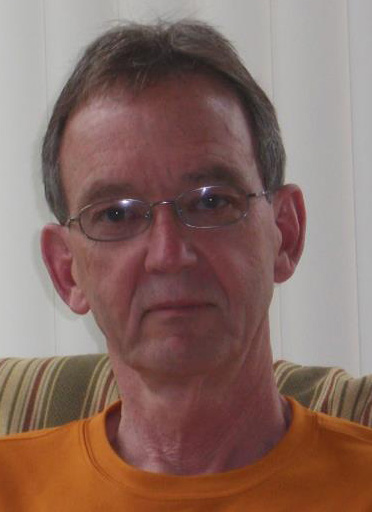
Richard Leggett
|
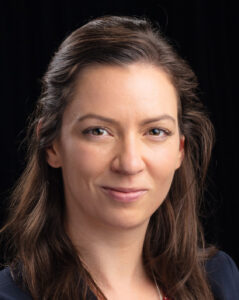
Caleigh Samuels
is the Radiation Dosimetry Lead in the Center for Radiation Protection Knowledge at Oak Ridge National Laboratory. Her research in radiation dosimetry includes element-specific biokinetic model development, Monte Carlo applications in dosimetric and detector response modeling, development of radiological risk assessment tools, and dose reconstruction for internal emitters. Current focuses are on formulating models and methods to estimate organ doses from internal emitters for epidemiological studies of radiation workers, developing radiogenic cancer risk coefficients for public exposures, and simulating public and worker radiation doses associated with the detonation of nuclear explosive devices. Dr. Samuels received her PhD in Nuclear Engineering and MS in Medical Physics from Georgia Institute of Technology, and her BS in Physics from Radford University. She is currently a member of ICRP Task Group 95 on Internal Dose Coefficients and of NCRP SC 6-13 on Methods and Models for Estimating Organ Doses from Intakes of Radium. She has been collaborating on the Million Person Study for over 4 y. |
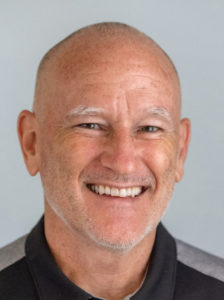
Thomas R. LaBone
earned his BA in Biology and Chemistry from The College of New Jersey in 1979, an MS in Radiological Sciences from Rutgers University in 1981, a Master of Industrial Statistics from the University of South Carolina in 2010, and a PhD in Biostatistics from the University of South Carolina in 2022. He has been a health physicist/statistician with the MJW Corporation, a radiological consulting firm, since 2006 where he provides health physics and applied statistical services to various government and commercial organizations. His primary duties are performing internal dosimetry technical calculations and statistical analyses for the contractor team on the Energy Employees Occupational Illness Compensation Program Act of 2000 (EEOICPA) dose reconstruction project. Prior to MJW, he worked for 20 y at the U.S. Department of Energy Savannah River Site in South Carolina as the Principal Internal Dosimetrist, and 5 y as a health physicist at a large radiopharmaceutical company in Massachusetts. |


 earned her BS in Physics from the University of Massachusetts Amherst and MS in Radiological Sciences and Protection from the University of Massachusetts Lowell. She has been a senior internal dosimetrist with the MJW Corporation, a radiological consulting firm, since 1997. She has provided technical guidance and assistance, primarily related to internal dosimetry matters, to a variety of facility types and is currently serving as the Principal Internal Dosimetrist for the contractor team on the Energy Employees Occupational Illness Compensation Program Act of 2000 dose reconstruction project, providing technical direction and oversight of internal dosimetry issues.
earned her BS in Physics from the University of Massachusetts Amherst and MS in Radiological Sciences and Protection from the University of Massachusetts Lowell. She has been a senior internal dosimetrist with the MJW Corporation, a radiological consulting firm, since 1997. She has provided technical guidance and assistance, primarily related to internal dosimetry matters, to a variety of facility types and is currently serving as the Principal Internal Dosimetrist for the contractor team on the Energy Employees Occupational Illness Compensation Program Act of 2000 dose reconstruction project, providing technical direction and oversight of internal dosimetry issues.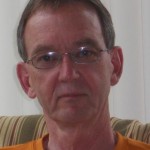 is a research scientist in the Environmental Sciences Division at Oak Ridge National Laboratory (ORNL). He received his PhD in mathematics from the University of Kentucky in 1972 and taught mathematics at the Ruhr University in Bochum, Germany, and the University of Tennessee before joining the Health Physics Division at ORNL in 1976. His main research interest is in physiological systems modeling, with primary applications to the biokinetics and dosimetry of radionuclides and radiation risk analysis. He is a member of Committee 2 of the International Commission on Radiological Protection (ICRP) and the ICRP Task Group on Internal Dosimetry. His physiological systems models of the human circulation, skeleton, and gastrointestinal transfer and his systemic biokinetic models for a number of elements are used by ICRP as dosimetry and bioassay models. He is the author of ICRP Publication 70, Basic Anatomical and Physiological Data for Use in Radiological Protection: The Skeleton and co-author of a number of other ICRP reports including the series of documents on doses to members of the public from intake of radionuclides (1989 to 1996), the updated Reference Man document (2002), and the Human Alimentary Tract Model (2006). He has authored over 100 open literature publications and in 1995 was named ORNL Author of the Year for the paper, “An Age-Specific Kinetic Model of Pb Metabolism in Humans.”
is a research scientist in the Environmental Sciences Division at Oak Ridge National Laboratory (ORNL). He received his PhD in mathematics from the University of Kentucky in 1972 and taught mathematics at the Ruhr University in Bochum, Germany, and the University of Tennessee before joining the Health Physics Division at ORNL in 1976. His main research interest is in physiological systems modeling, with primary applications to the biokinetics and dosimetry of radionuclides and radiation risk analysis. He is a member of Committee 2 of the International Commission on Radiological Protection (ICRP) and the ICRP Task Group on Internal Dosimetry. His physiological systems models of the human circulation, skeleton, and gastrointestinal transfer and his systemic biokinetic models for a number of elements are used by ICRP as dosimetry and bioassay models. He is the author of ICRP Publication 70, Basic Anatomical and Physiological Data for Use in Radiological Protection: The Skeleton and co-author of a number of other ICRP reports including the series of documents on doses to members of the public from intake of radionuclides (1989 to 1996), the updated Reference Man document (2002), and the Human Alimentary Tract Model (2006). He has authored over 100 open literature publications and in 1995 was named ORNL Author of the Year for the paper, “An Age-Specific Kinetic Model of Pb Metabolism in Humans.” News & Events
News & Events